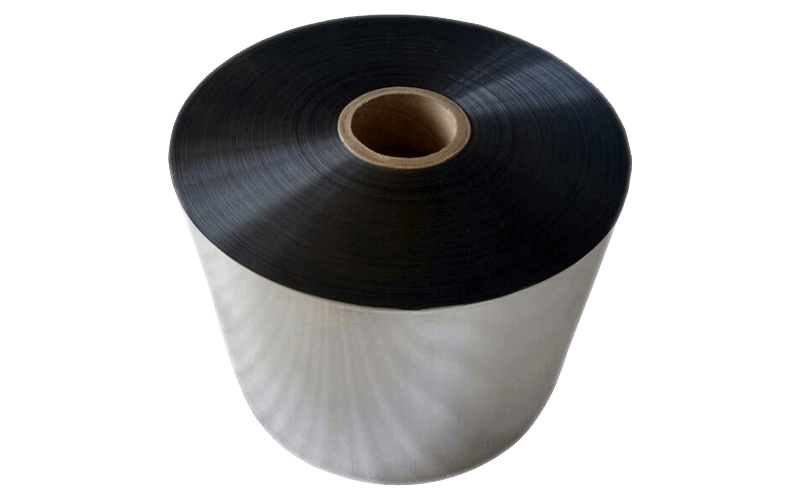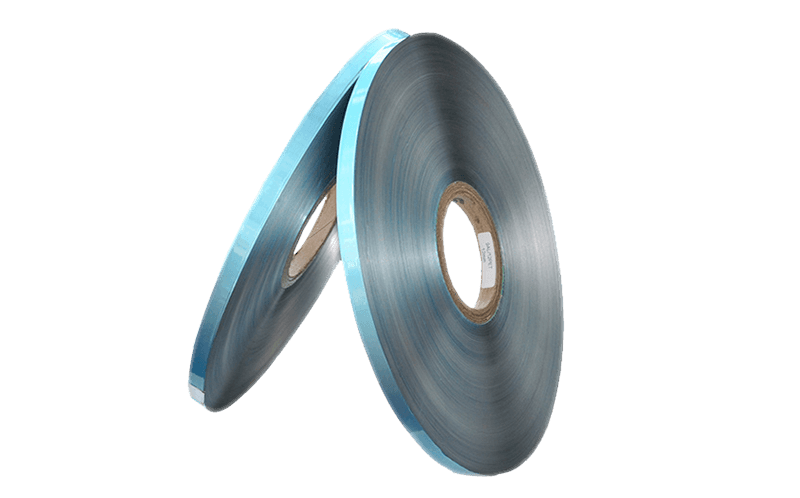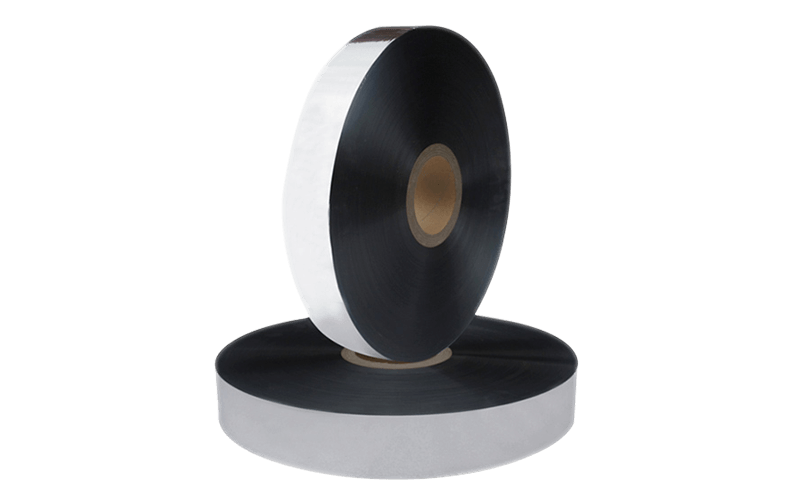Duct tape relies on so-called pressure sensitive flexib […]
Duct tape relies on so-called pressure sensitive flexible duct tape adhesives because of its inherent stickiness is a soft polymer mixture that uses van der Waals forces to connect two objects together. The strength of the bond is due to the adhesive being sufficiently hard and its viscoelasticity sufficient to resist flow under pressure. This is different from the mechanics of structural adhesives, such as Elmer's glue. These adhesives require evaporation of the solvent to form chemical bonds.
Compared with other products, duct tape is clearly a loser. In many buildings, the use of tape on the actual piping system is now considered a violation of the code. The initial design of the duct tape is simple but effective: a strong fabric glued to a polyethylene film for sealing/waterproofing, a silver gray to match the metal duct system, and a thick adhesive coating to seal the joint Sew and make it airtight.
But people quickly determined that this special tape could be used for various other purposes, and the craze began. Many new versions were manufactured—each with different qualities of fabric, polyethylene, and adhesive—for many different end uses. Therefore, manufacturers now offer various grades of polyethylene/fabric types and multiple colors.
With industrial-grade tape, fabric and polyethylene have been upgraded, so the tape becomes more like a "workhorse", increasing the weight of the adhesive coating. A popular variant is multicolor industrial tape, used to stitch and fix carpets in exhibitions, the adhesive must be removed.



